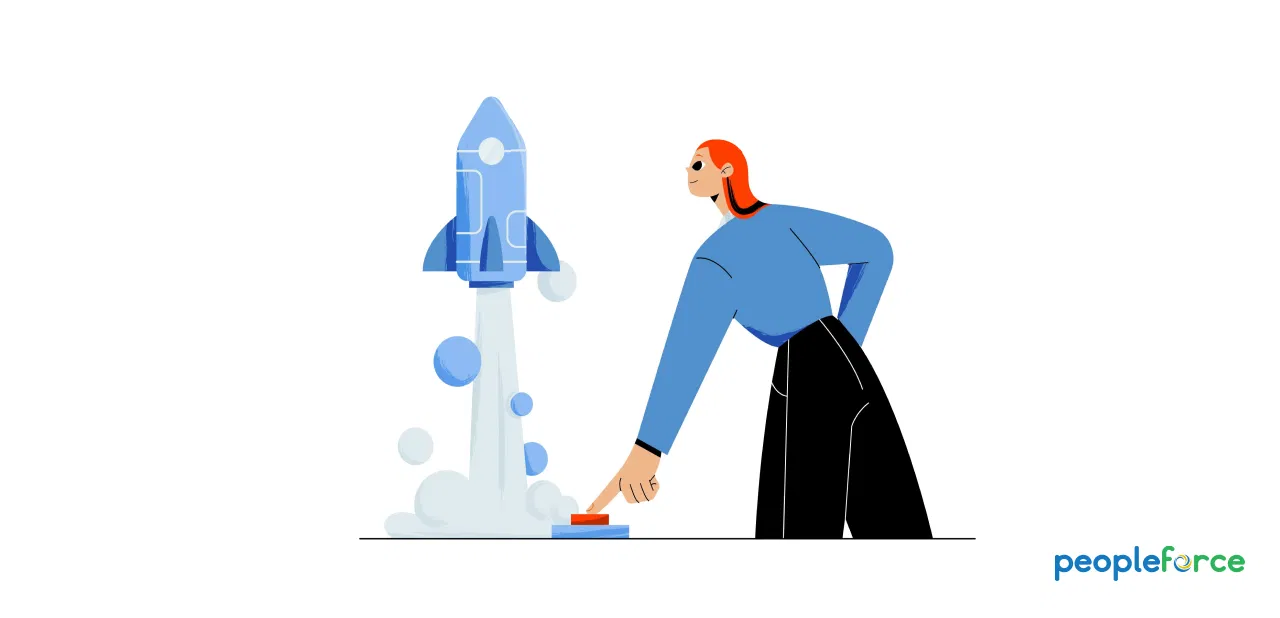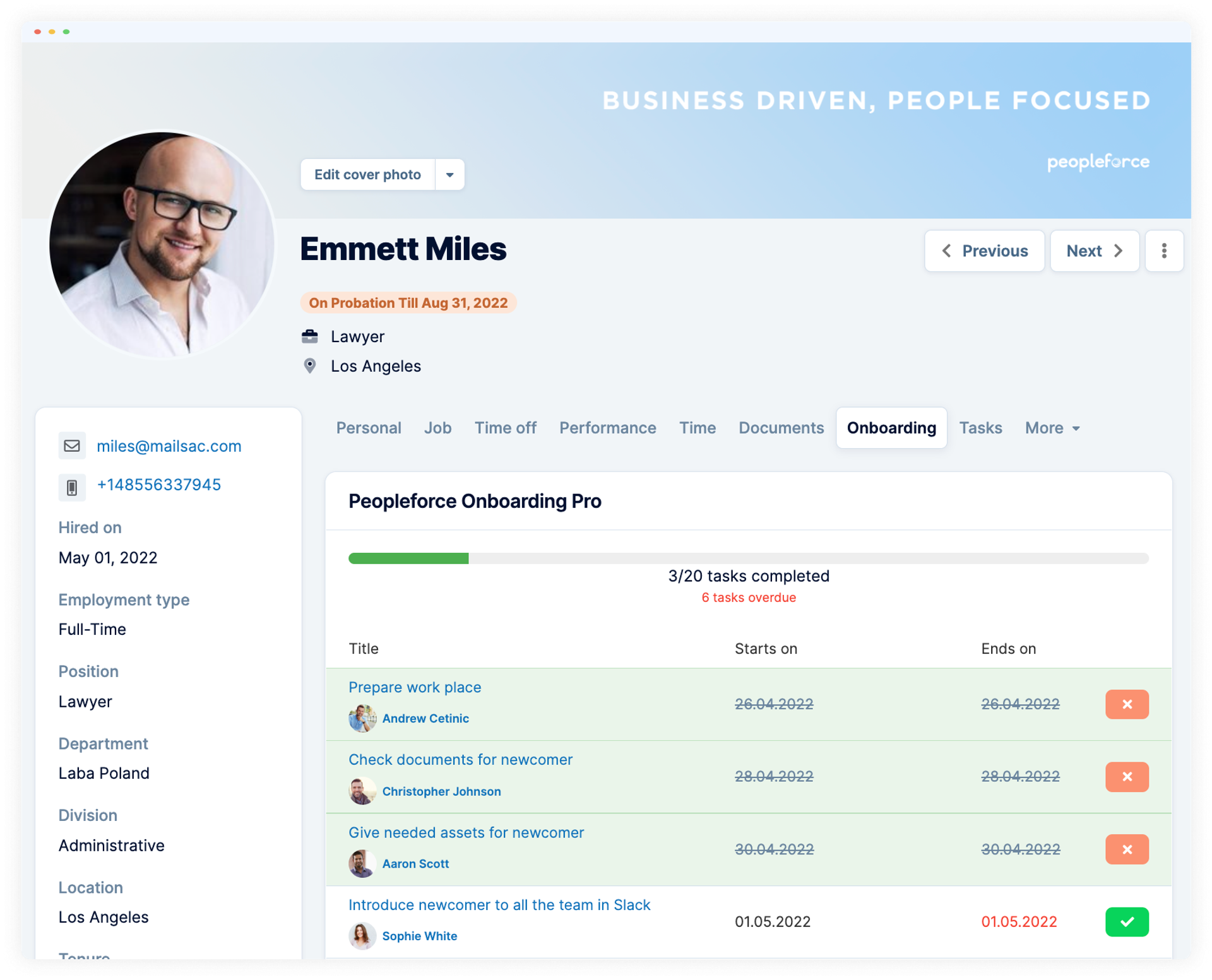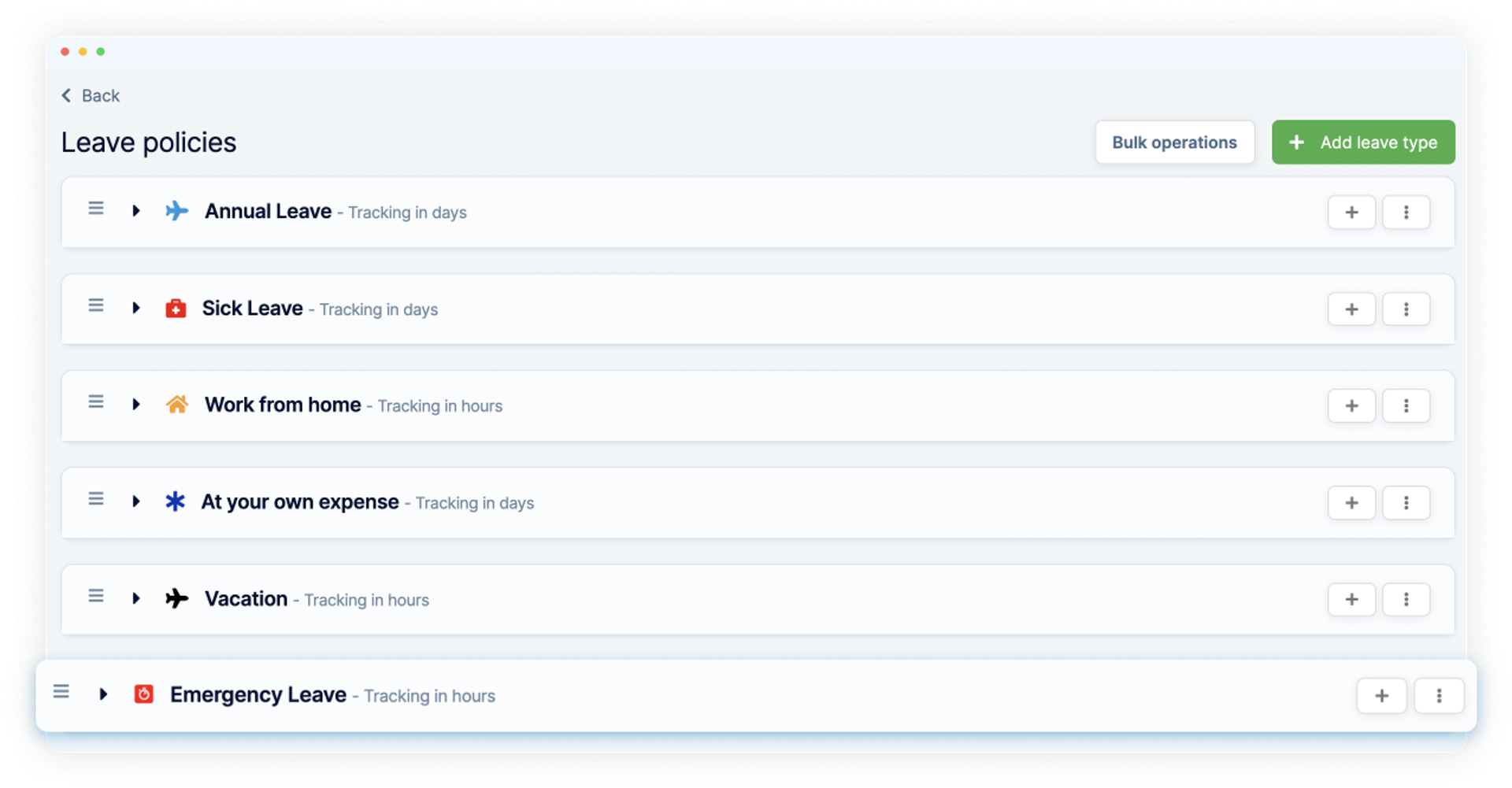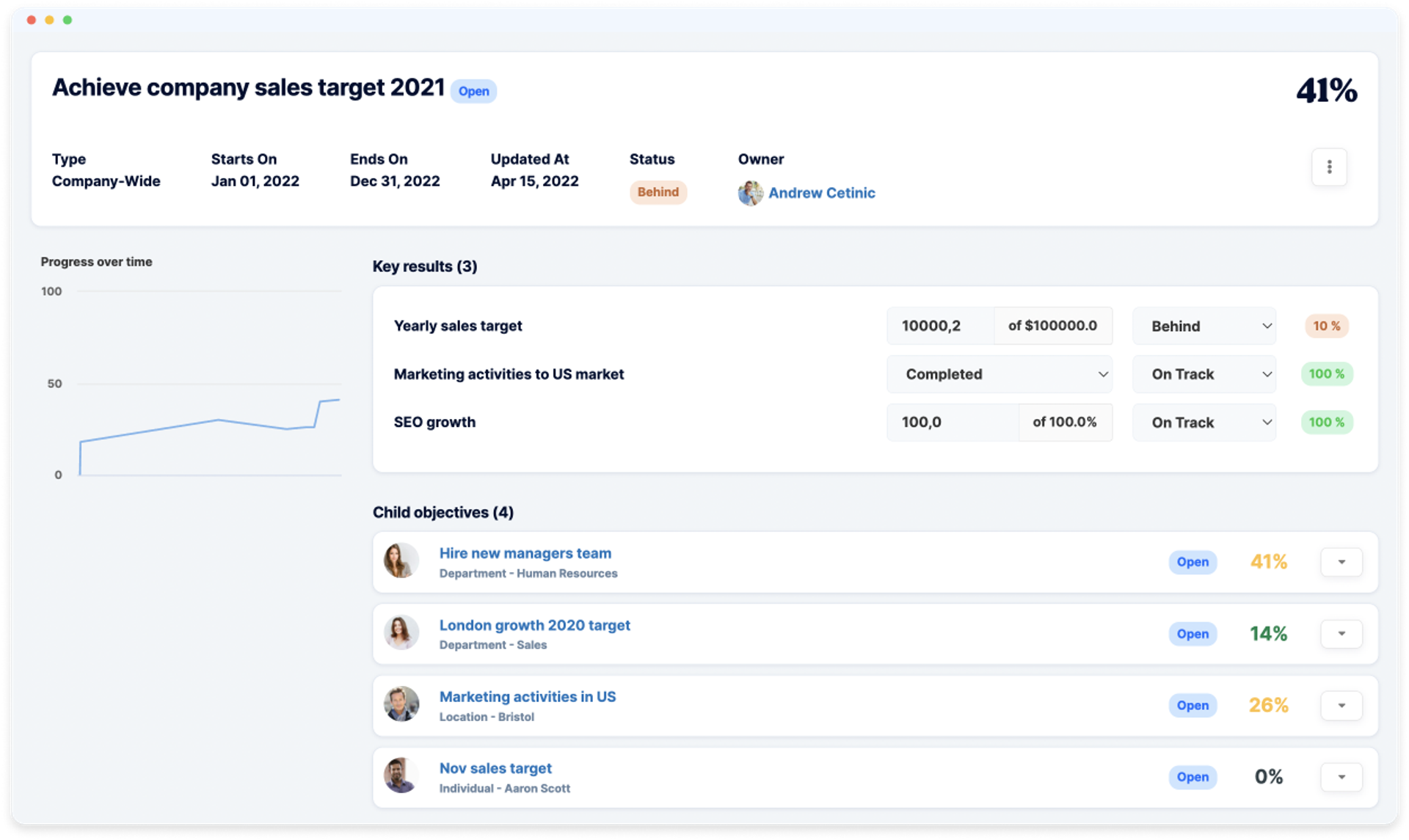
Why HR Automation is important for SMBs and startups?
Process automation involves the redesign of manual processes through the use of technology. Today, in the era of digitalization, artificial intelligence technologies and robotics are in high demand by companies worldwide. There is no longer an interest in performing repetitive tasks, nor in processing large volumes of information.
The challenge is to reorient efforts to add value, create new ways of doing things, innovate in products and services, offer higher quality to customers, enhance talent, increase productivity and generate higher profits. The continuous advance of technology stimulates the leaders of the different areas of the business world to think about automating the processes under their responsibility.
HR Management in companies has not been left out of this trend, and that is why they turn to software vendors requesting solutions that allow HR teams to add value, for better decision-making in favour of business objectives.
What is HR Automation?
The priority of Human Resource Management is to achieve the employee training, development and growth to achieve their engagement with the fulfilment of the company's objectives. Delegating repetitive tasks to HR automation software is to streamline the work of HR professionals and optimize their potential.
Why startups need some HR functions?
Startups are companies that have recently entered the market, usually in the ICT (information and telecommunications technology) field, and are growing at an accelerated pace. They do not require large investments and use a business model that can scale incrementally. Their operating costs are low and they are almost always 100% digital. The Startups work with innovation, they are created to offer a product or service with a view to customer satisfaction in a specific market segment, seeking to generate a global impact.
The knowledge of the employees is the added value of the startup, they can execute one or several roles, and they are the backbone of the company and the source of its revenues. In this type of company, employees perform more than one function, so they must be trained in several disciplines. Given their rapid growth, employees must be committed to working in high-pressure, collaborative environments. For this reason, employee turnover is common, as employees reject pressure and are not engaged enough not to leave for another company.
The usual way to retain talent is to emphasize compensation and talent attraction. Experience, technical skills, innovation and creativity are essential to fill jobs.
Some automated HR processes services for startups are:
- Employee Onboarding
New hires must be provided with all the information they need to successfully integrate into the company. It is necessary to specify the tasks inherent to their role, provide them with knowledge and training in various fields so that they can work in a highly interdependent and collaborative environment.
- Encourage teamwork
It is necessary to encourage teamwork, since due to the pressure to produce results, they may neglect cooperation and the rescue of the knowledge that the company has on previous experiences.
- Developing engagement
The company must be committed to providing a balance between the employee's personal and work life. In addition, it must ensure that it measures employee performance and satisfaction and take corrective action in favour of productivity and goal achievement.
Human Resources for startups should consider the development of policies for:
- Communication
- Performance evaluation
- Absence management
- Vacation management
- Compensation
- Employee benefits (insurance, flextime, telecommuting)
- Creation and tracking of key indicators to align performance with business objectives.
What processes should startups and SMBs automate?
Performing time-consuming, prone to human error, low-value repetitive and laborious tasks is no longer advisable for providing HR services for SMBs and Startups , in general for any company. Automating manual HR processes encourages employees to do value-added work for the company, which generates satisfaction and enthusiasm. The HR team need to be freed from performing tedious tasks that involve manually uploading or processing information. Startups, due to their high level of digitalization, dynamism and need to attract quality talent, should consider automating their HR process as a fundamental element to ensure business success.
The following are some of the HR processes that can be automated with HR software for startups or with HR software for SMBs , as appropriate.
- Personnel Selection
Focusing on talent selection is the primary goal of this process without having to search through hundreds of paper or computer folders. HR automation allows you to post and edit vacancies, add applicants and communicate with candidates on job boards directly. It makes it easy for you to select new hires with the right profile and inform them about the outcome of their participation. Resumes, contacts, dossiers, reviews and candidate ratings would be immediately available.

- Employee Onboarding
This is the initial employee experience. It comprises routine processes and procedures that can be automated: building and system access permissions, equipment handovers, sending credentials, setting learning tasks, adding deadlines, inserting links, videos and tutorials for worker alignment with the company culture.

- Performance Management
Another fundamental process in the HR departments that can be automated is performance appraisals. The progress of objectives can be established and monitored until they are achieved, at the level of each employee, work team and the company to determine their efficiency. This keeps work teams focused on the most important priorities for the company.
- Employee Engagement
Automation makes it possible to carry out surveys and evaluations quickly in order to obtain information and analyze it. It aims to improve the situation of each employee in his or her workplace. Employee opinions can be collected through online surveys. It allows to measure engagement, to know the level of satisfaction and motivation and to improve the organizational climate by analyzing the results.

- Time tracking
The automation of time control makes it possible to know the hours spent on complete tasks and to track them in favour of productivity. The idea is to spend less time counting hours and more time doing important things. Most IT and technology companies pay and track their employees' work on an hourly basis. If you use a remote workforce or provide flextime, you need to track hours. Counting these hours and entering them into spreadsheets is time-consuming. Hours that can be dedicated to strategic objectives and working with people.
- Absence and leave requests
HR automation of this process allows you to set up automatic absence management and organize the company's working time. Employees will be able to request their vacation days and report absences online. The HR department simply reviews the requests and automatically integrates them into a calendar. Paid and unpaid balances can be established and who is responsible for approvals can be selected. Can be integrated with accounting.

Benefits of HR automation
- All employee data in one place
You can store, process and supplement any data you want in one database. You can quickly find any employee's information: position, salary and leave history; all documents, tasks, contacts and much more. You can easily manage access rights and permissions to view other employees' information.
- Simplifies the recruitment process
Thanks to the HR process automation, job openings can be easily posted, candidates can be searched in a single database, and HR recruiters can work together to select candidates.
- Makes performance management more efficient
Allows you to set and evaluate objectives for each employee, team or company, monitor progress towards achieving objectives and demonstrate efficiency.

- PeoplePulse
Collect employee feedback through online HR surveys. Measure engagement, understand the level of satisfaction and motivation, and improve the business through data analysis.
- Time and task tracking
There is no need to track the same task in multiple systems. With software support, attendance management will remind staff to fill out timesheets. Set reminders, approve and reject timesheets with a single click.
How to know that it’s time for HR automation tools
The first thing is to consider that productivity and quality work, have to do with talent, therefore, a good human resources management is essential to achieve it. Increasingly, HR management is being automated in many companies.
Let's review below how to know that it’s time to implement Human Resources automation tools:
- The need to reduce budgets
Doing more with less is a priority for companies, large and small. HR technology is well advanced and driving down costs. Automating HR processes will simplify documentation, ensure regulatory compliance and refocus the efforts of the HR team on relevant and strategic tasks.
- Hiring and onboarding time needs to be reduced
Automating hiring processes will enable onboarding to be done efficiently and take less time. It facilitates transparency, will reduce manual errors and increase efficiency.
- Time management is tedious for employees and HR Teams
Time management is tedious if it involves a lot of constant calls and emails to employees to get the information. An automated tool will allow for quick uploading, information integration and reporting.
- Unfriendly performance evaluation process
Employee performance tracking should be streamlined with a tool that collects, measures, monitors and scales performance to avoid employee rejection.
- Extensive approval processes
Excel spreadsheets and emails to manage leave and approval decrease efficiency and timeliness, and lead to data entry errors and unsatisfaction. Communication is facilitated for the approval of permits and procedures with the supervisor, the human resources manager and the work team.
Frequently Asked Questions
Why is HR automation important?
Because it is more important to get more done in less time to increase productivity. You get more engagement from HR employees by providing them with tools that perform repetitive, low-value, manual tasks.
What is HR automation?
It is streamlining the work of HR managers and optimizing their potential, as they can delegate repetitive or complex tasks to software and focus on higher-value activities such as employee service and support, performance review and appraisal, and goal achievement.
How do you automate the HR onboarding process?
By automating repetitive HR tasks such as building and system access permissions, equipment delivery, sending credentials, learning tasks and their deadlines, inserting links, videos and tutorials for employee alignment with the company culture.
Get started with PeopleForce today
Automate your HR routine to create a high performance culture in your company. PeopleForce is your best HRM alternative to stay business driven but people focused.

Recent articles
OKRs vs. KPIs: Choosing the right framework
Unsure when to use OKRs or KPIs? Learn how to choose the right framework to maximize your team’s success.
Why OKRs feel like hell (and how to make them simple)
Why OKRs feel like chaos: missed goals, messy reviews, and burnout. Learn how to simplify goal-setting and reclaim clarity quickly.
7 personal development habits worth adopting for career and personal growth
Unlock your potential with 7 simple personal development habits to boost career growth, productivity, and overall life balance.

